Become a Zoollower, now with 3x2 for the first members. Find out here!
The red panda, considered the most beautiful animal in the world, is seriously endangered. In the last 20 years, it has declined by 50%, leaving only 2,500 specimens in its habitat in Nepal. Intensive livestock farming, poaching and climate change are some of the reasons why this species, unique on the planet, is listed as Endangered, according to the IUCN.
Since 2007, Red Panda Network has been working to protect the red panda and its home in Nepal, guaranteeing a sustainable future for the species and the local communities. At Zoo Aquarium Madrid we collaborate with this association to improve the situation of this incredible animal and guarantee its conservation. Keep reading and find out how you can contribute too!
.jpg)
Red Panda Network is a leading global organisation in efforts to save red pandas and their habitat. Its work focuses on conserving the species through education and training of local communities, seeking to maintain viable red panda populations throughout their historic range. It began in 2007 in eastern Nepal by establishing the Red Panda Protected Forest in Panchthar-Ilam-Taplejung (PIT). Since then, they have expanded their programmes to cover 50% of the red panda's range throughout the country and have even started work in Bhutan.
The red panda is the only member of its own taxonomic family, making it a flagship species of biodiversity. The conservation of this species and its habitat benefits the region and is therefore valued and protected by all.
Some highlights of Red Panda Network's mission are:
equipped with GPS collars for the first time in Nepal.
of forests protected by conservation programmes.
supported by sustainability programmes.
travelled every year to monitor the red panda.
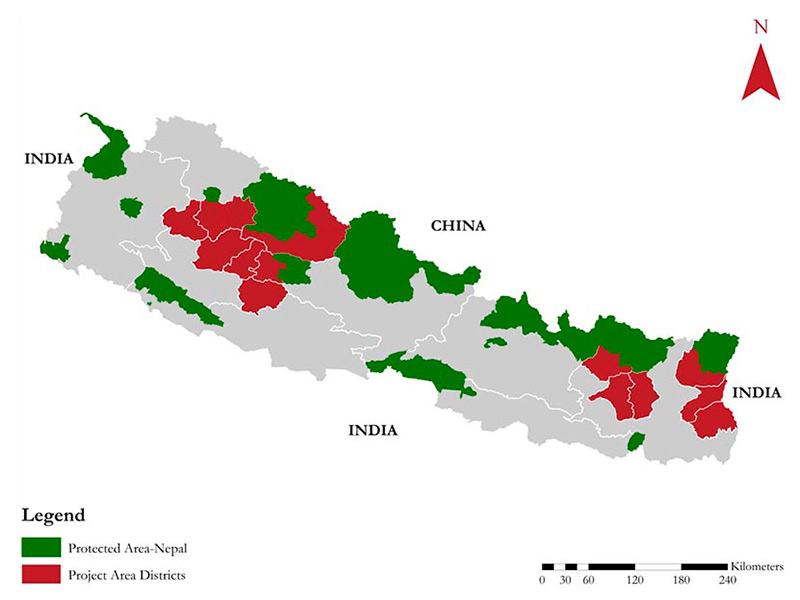
There are several areas in which Red Panda Network works on a daily basis to protect the red panda and promote the development of the country's communities.
Find out more about them:
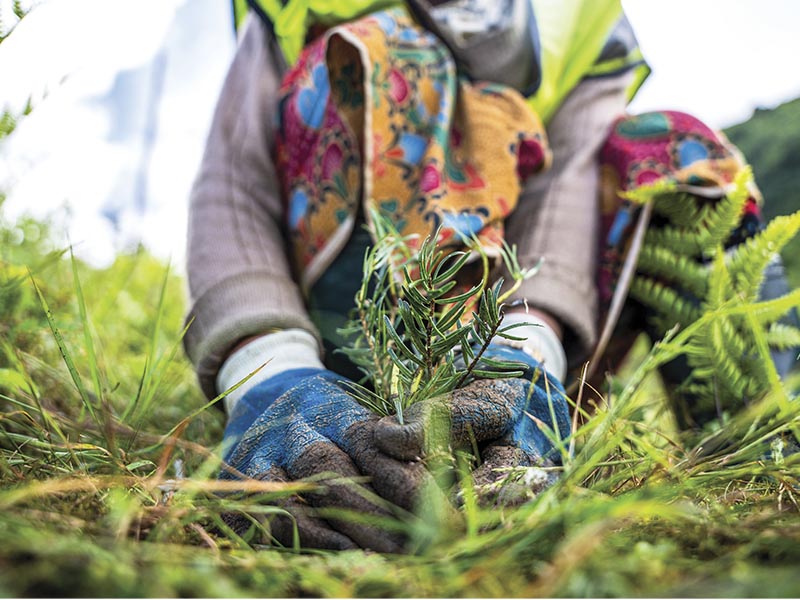
Red Panda Network, in collaboration with organisations and agencies, plants trees and vegetation (including bamboo) to rebuild degraded and fragmented forests and regenerate food sources. It also aims to reduce the use of timber in livestock farming, the provision of drinking water for families (preventing them from invading red panda habitat for water), and the prevention and suppression of fires.
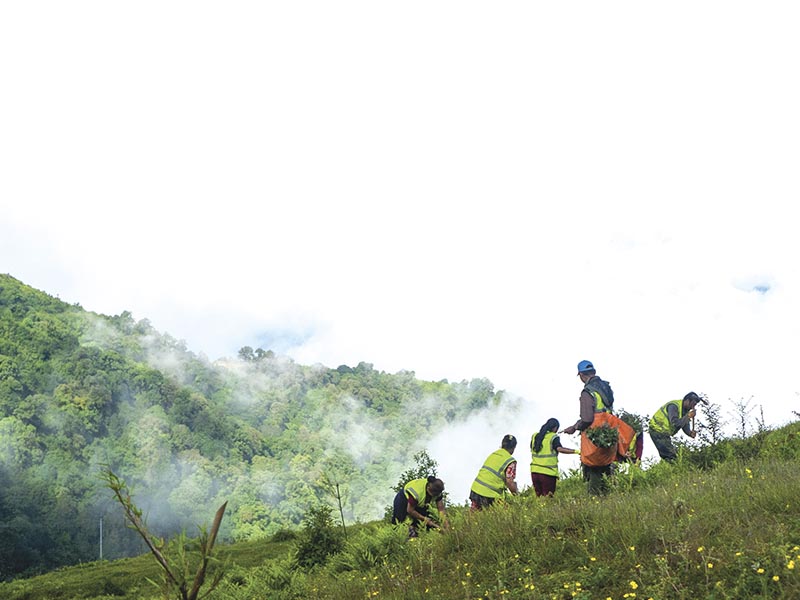
It has developed the first red panda monitoring programme and the first national survey. It has created a programme of forest guardians, who patrol and report to biologists and field staff: sightings, tracks and feeding marks, natural threats, etc. Also, for the first time in Nepal, it has equipped ten red pandas with GPS collars. All to obtain data for scientifically based action.
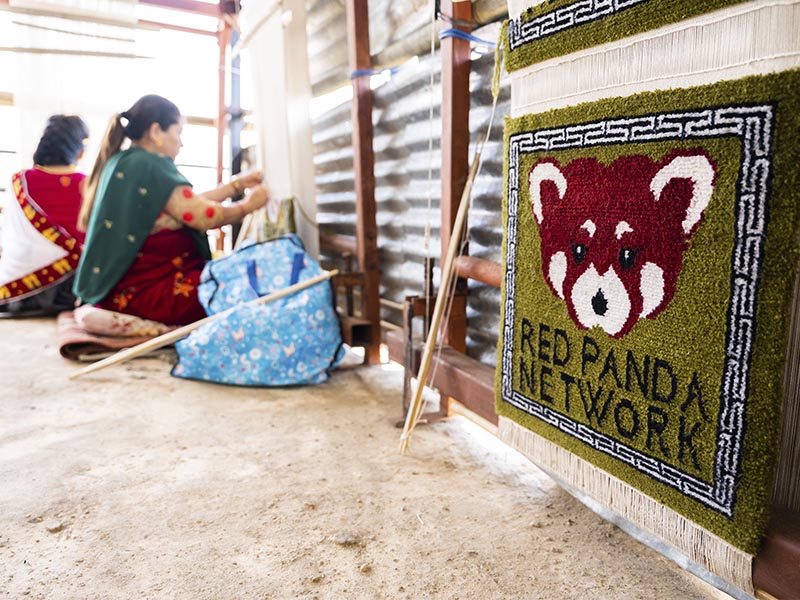
Local communities are involved in red panda conservation. Red Panda Network has developed policies on sustainable agriculture, support for local crafts and involvement in ecotourism. It works with schools to integrate red panda education into the curriculum and organises International Red Panda Day (IRPD), a global day of celebration and education about the species.
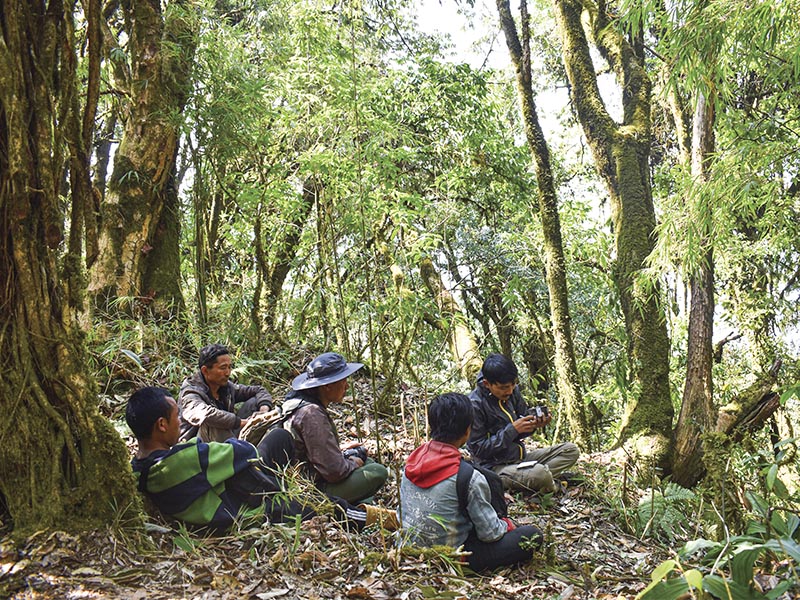
They have established anti-poaching networks (comprising local communities and rangers) that patrol habitat, remove snares, educate local people about the importance of conservation and report poaching to the relevant agencies. They now have nine anti-poaching networks in the PIT corridor in eastern Nepal and three in western Nepal.
Do you know how you can help to support the protection of the red panda? With a few simple gestures, you can contribute to the care of this impressive species:
.jpg)
Want to meet red pandas?
Information and pictures: Red Panda Network, Zoo Aquarium de Madrid.